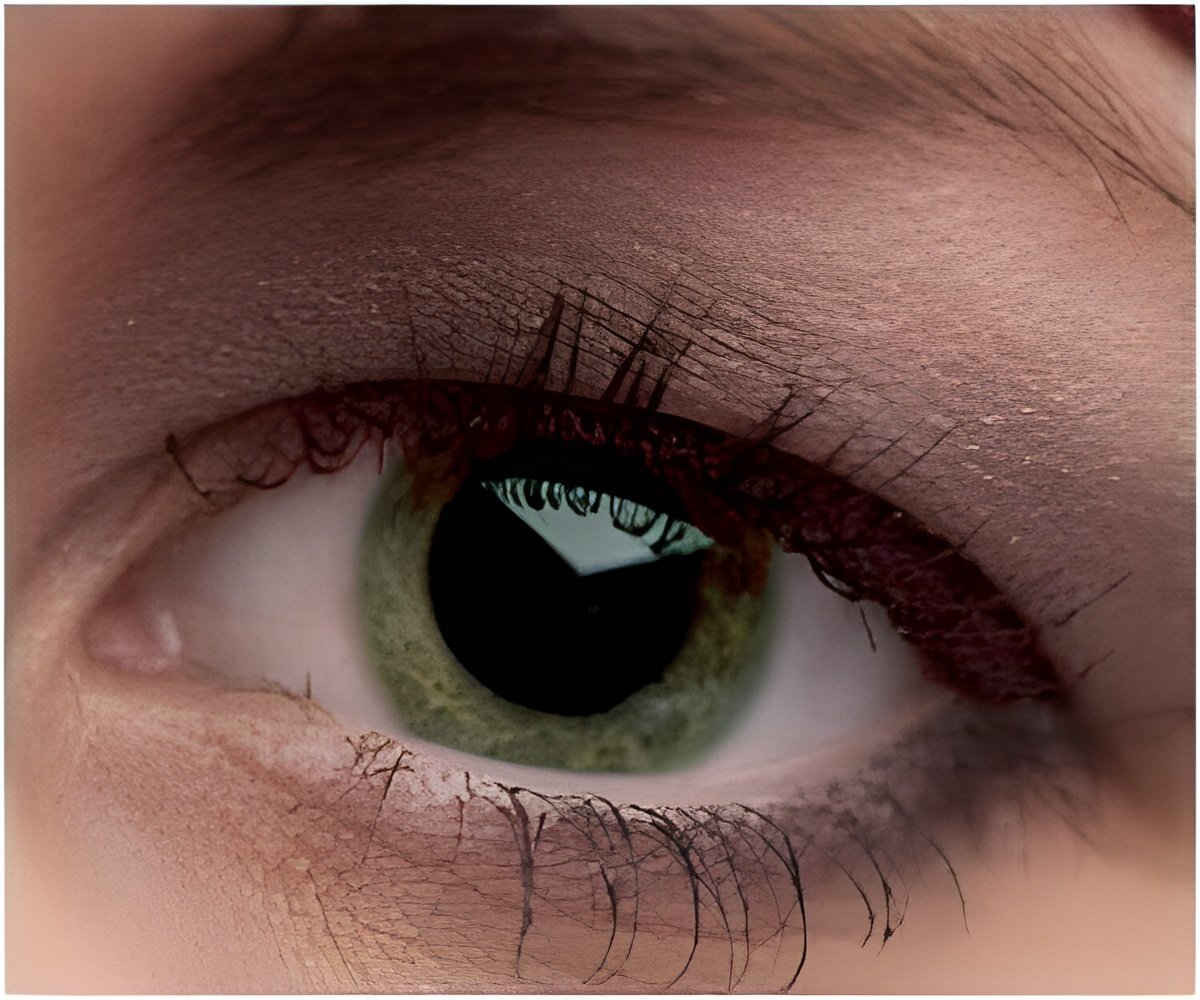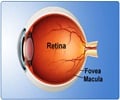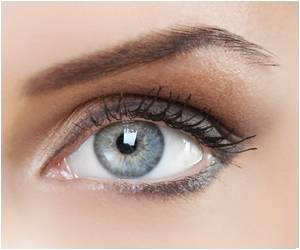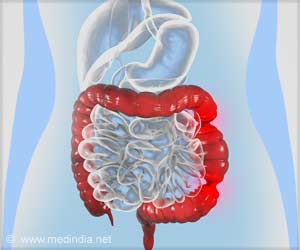
"We have basically created a miniature human retina in a dish that not only has the architectural organisation of the retina but also has the ability to sense light," said Valeria Canto-Soler of Johns Hopkins University School of Medicine, Baltimore.
The work is the latest advance towards the goal of creating transplant cells that reverse damage to the retina, the light-capturing surface on the back of the eyeball.
Stem cells are infant cells that develop, or differentiate, into the various tissues of the body.
Until 2006, the big focus was on stem cells culled from early-stage embryos, which are highly versatile but also ethically controversial.
That changed with the discovery in Japan of so-called human induced pluripotent stem cells (iPS cells), which are adult cells that have been reprogrammed to return to a youthful, pre-differentiated state.
Advertisement
More work is needed, though, to understand how these cells transmit signals to the brain.
Advertisement
"Is our lab retina capable of producing a visual signal that the brain can interpret into an image? Probably not, but this is a good start," Canto-Solder said in a press release.
Japan last year gave the green light for the world's first trial on humans of iPS cells for age-related macular degeneration (AMD), which causes blindness in older people.
Six patients with AMD will be recruited in a four-year trial.
Source-AFP









